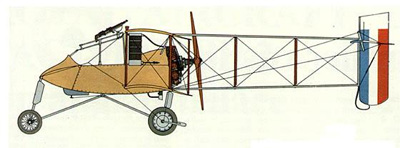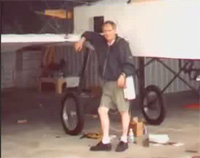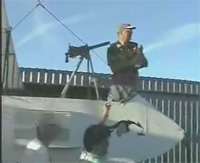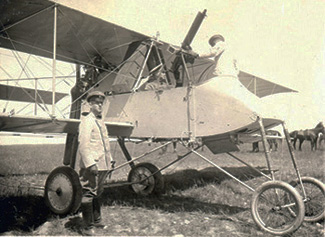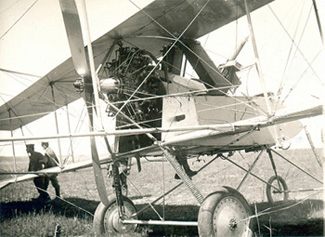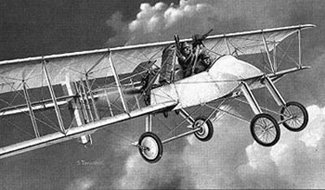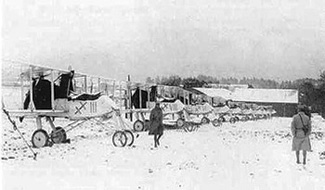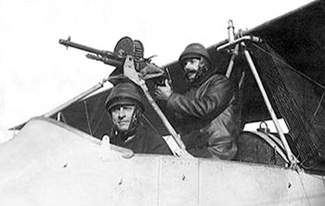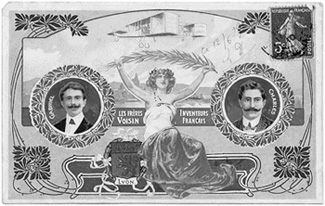
|
|
|
|
|
|
|
|
|
|
Built by the late Sigfried Bredl and his longtime friend, MD-11 Capt Gerry Brown. The Voisin III is currently on display at the Pearson Air Museum in Vancouver, Washington
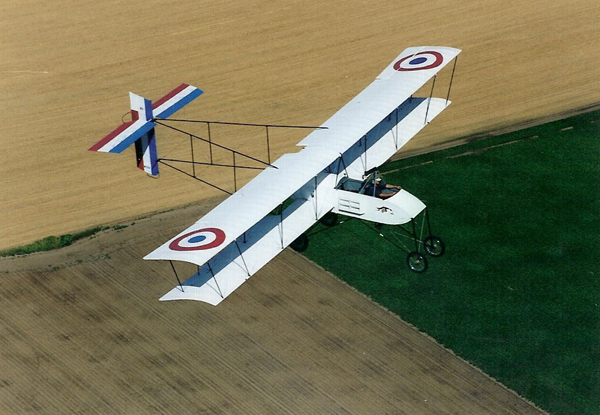
Sigfried "Siggy" Bredl and Gerry Brown
|
|
|
|
When it comes right down to it, there really are only two types of people in this world. There are those who coast through life with no passions, no dreams, and no desire to experience all that life has to offer. Then, there are those who are always excited about the next adventure, who never have enough hours in the day to accomplish the things that make life enjoyable, and who make the most of every opportunity that comes their way. That, my friends, is the only way one could describe Sigfried "Siggy" Bredl and Gerry Brown. To illustrate my point, simply try to comprehend the magnitude of building two WWI aircraft - not from kits, but from only historical drawings and records. That is exactly what Siggy and Gerry accomplished. Perhaps the most important part of this story is not what Gerry did, but why Gerry did it. You see, Gerry didn't do this just for his own personal satisfaction. Gerry worked alongside Siggy, who was terminally ill at the time, to fulfill his dying friend's dreams. That, folks, is the way to live life to its fullest!
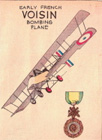
that became the backbone of the French bomber force
Gabriel and Charles Voisin were two of Europe's pioneering aviators. Gabriel formed the first commercial aircraft manufacturing company in Europe with Louis Blériot in 1905, buying out Blériot the next year. Re-formed with his brother Charles, the new company, Appareils d'Aviation Les Frères Voisin, delivered its first airplane in 1907, the distinctive Voisin pusher biplane. Flown by many of Europe's leading aviators, on January 13, 1908, Henri Farman made the first one-kilometer circuit in Europe in a Voisin. By 1912, Les Frères Voisin had scores of airplanes based on their 1907 design.
In 1912, they developed a military version, and subsequently focused on military contracts. The Voisin 1, also known as the Voisin 1912 Type, was the model for all Voisin aircraft developed during WWI. It was an equal-span biplane with no dihedral, a short nacelle for a crew of two in front, and an 80-horsepower Le Rhône 9C engine at the rear. Developed incrementally during the war, its variants (identified by numbers, e.g. 1, 3, 8) outwardly resembled each other; mainly differing in the engine used. The final version, introduced in 1918, was the Voisin 10. This version had a 280-horsepower Renault 12Fe, with a commensurate increase in speed, range, and payload. The reliable Voisin aircraft was the backbone of the French night bomber force for most of the war.
The first Aerial Kill
In 1914, French Sergeant pilot Joseph Frantz and mechanic Corporal Quenault in their Voisin biplane spotted a German Aviatik flying at about 3500 ft. He closed in until Quenault found the range and opened fire with a light machine gun. The Aviatik dove away, but Frantz followed, Quenault firing intermittently. The Voisin overshot the quarry; the Aviatik pilot banked and tried to run; Franz reversed and got behind him. As he tried to climb away, Quenault poured rounds into the German. The Aviatik, riddled with bullets, fell into a dive. Plunging into a copse of trees, it exploded. Thus ended history's first recorded air duel. The unlikely-looking Voisin had prevailed.
Pearson Air Museum - Vancouver, Washington
Click Video to View Museum Display
The Voisin rained terror from the skies over enemy lines
|
|
|
|
|
|
